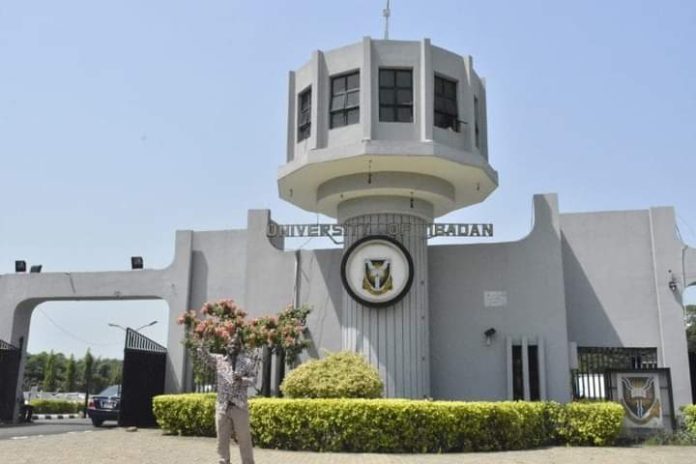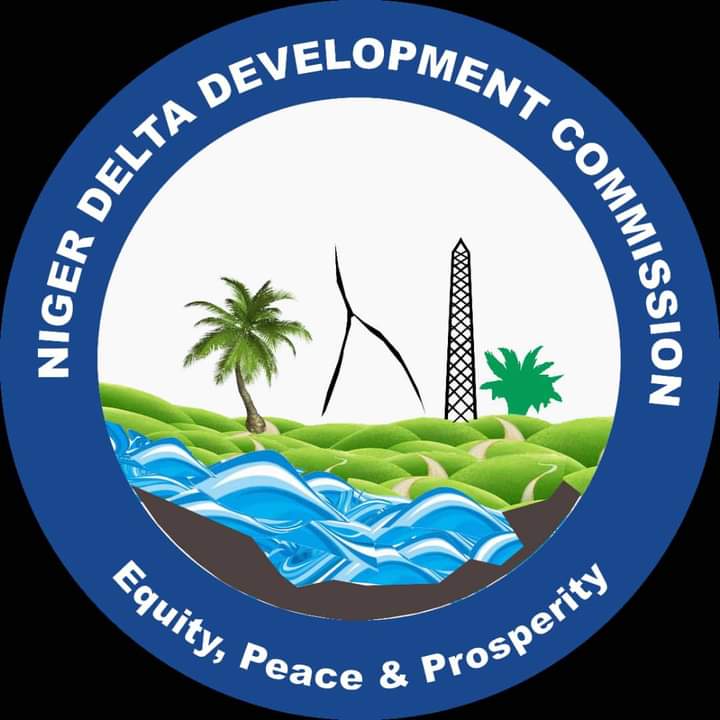The history of university education in Nigeria began with the Elliot commission of 1943, which then lead to the establishment of the University College, Ibadan – which was at as at the time of its establishment an affiliate of the University of London – in 1948.
The UCI, as it was known for short, suffered a number of problems in its early years, not least among them were poor staffing, low enrolment, high dropout rate, and inadequate funding. In 1959, another commission, the Ashby commission, was set up by the federal government to advise it on the needs of the higher education sector in the country.
The following year, however, the eastern region would establish it’s own university – The University of Nigeria, Nsukka – at Nsukka. Two years later, in 1962, the Western region and Northern region would follow suit by establishing the University of Ife, which would later become Obafemi Awolowo University, Ile-Ife, and Ahmadu Bello University, Zaria, respectively.
The federal government would also create the University of Lagos, as well as make the University College, Ibadan, a full-fledged university, in the same year. Thus, the UCI and the University of Lagos became the country’s first federal universities. The other universities, however, remained regional. In 1970, the Midwestern region joined the Northern, Eastern, and Western regoin in owning a university of its own, as it established the University of Benin.
Thus, the first set of Nigeria’s universities, popularly called the first generation universities, were born. Seven more universities were established by the federal government during the period of the Third National Development Plan (1975-1980). They were the Universities of Port-Harcourt, Calabar, Jos, Ilorin, Maiduguri, Sokoto, and Ado Bayero University, Kano. These Universities became Nigeria’s second generation universities.
The federal government would also take over the four regional universities in 1975. 1980-1990 saw the establishment of Nigeria’s third generation universities in Owerri, Makurdi, Yola, Akure, and Bauchi. State universities were also created in Lagos, Imo, Ondo, Oyo, Cross-River and Akwa-Ibom. More federal universities, state universities, and the National Open University – all termed Nigeria’s fourth generation universities – were established from 1991 till date.
Conclusion
University education in Nigeria has come a long way since the early 1940s. From having just 5 universities during the early years of independence, Nigeria now has over 80 government-owned universities and over 60 private institutes of higher education. The worry now is not the number of universities in the country, but the standard of education. While there remains a cry to establish more universities, as the number of students sitting for JAMB examinations grows year by year, and the universities currently on ground cannot accommodate all who are qualified for admission, there is also a louder cry to see the education system improve, as creating more universities while ignoring the education system itself would see the current situation worsen. We hope this article has been helpful. Let us know.

Source: InfoGuide Nigeria













